Experiencing the Frontier and the Frontier of Experience: Barbarian perspectives and Roman strategies to deal with new threats
Experiencing the Frontier and the Frontier of Experience deals with the Roman Empire’s responses to the threats which were caused by the new geostrategic situation brought on by the crisis of the 3rd century AD, induced by the ‘barbarians’ who – often already part of Roman military structures as mercenaries and auxiliaries – became a veritable menace for the Empire. Rome adopted different strategies: they oscillated between inclusion, warfare and other means of exerting influence. The contributions to this volume explore the archaeological evidence for Roman practice and especially the varying strategies of power and influence in the central regions on the one hand, and the south-eastern parts of the European ‘Barbaricum’ on the other. They show how ‘Divide et impera’ functioned as practical policy based on alliances, as well as consequent warfare, and diplomatic initiatives, which are traceable by prestige-goods and subsidia treasures found in the Barbaricum. The comparison of Roman imports in different parts of Iron-Age Europe can help understand better a complex process of shifting power and influence in an emerging new Europe, which transformed the Empire towards medieval ‘Herrschaft’ and social structure.
{{comment.content}}
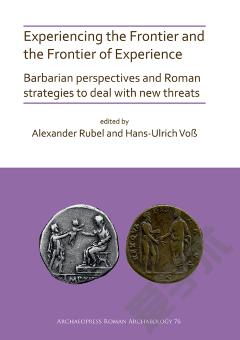
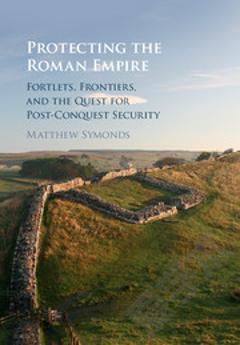

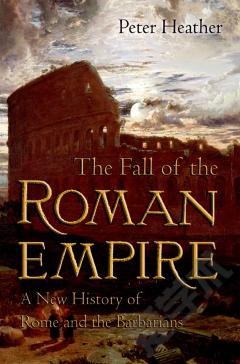

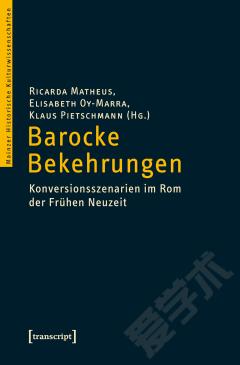
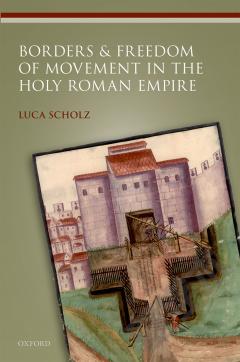

 京公网安备 11010802027623号
京公网安备 11010802027623号